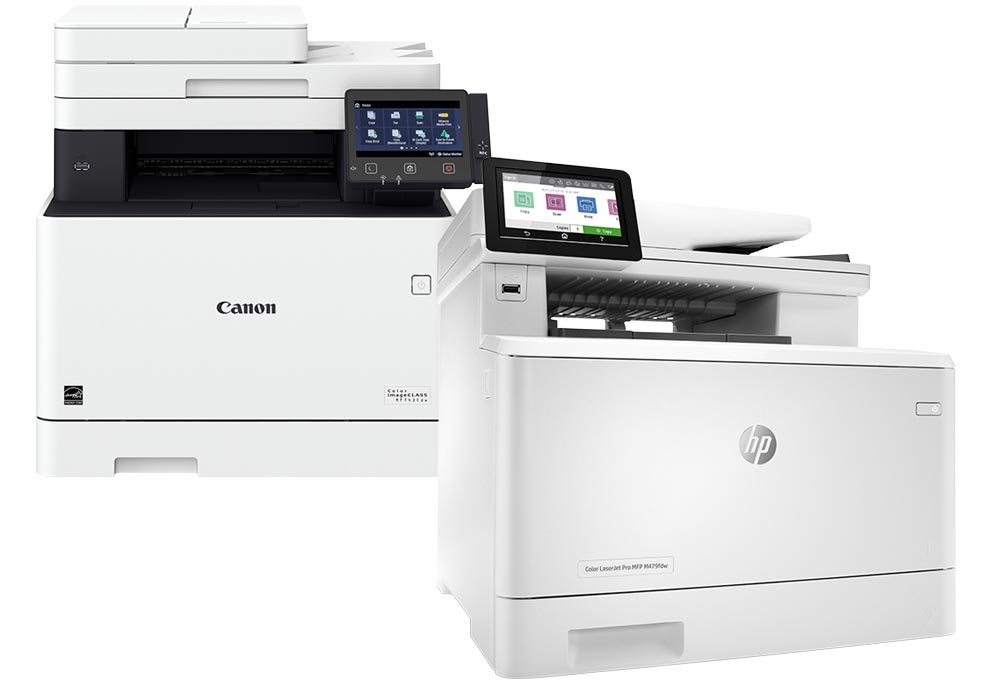The Lifespan of Printer Ink: Unveiling the Secrets Behind Long-lasting Print Quality
2 min read
Printer ink is an essential component of any printing process, determining the quality and longevity of printed materials. Understanding how long printer ink lasts is crucial for both individuals and businesses to optimize their printing operations and minimize costs. In this article, we will delve into the factors that affect the lifespan of printer ink and provide practical tips to extend its longevity.
- Ink Composition:
Printer ink is typically composed of pigments or dyes suspended in a liquid medium. The composition of ink plays a significant role in its lifespan. Pigment-based inks, which contain solid particles, tend to last longer than dye-based inks, which are liquid-based. Pigment-based inks offer better resistance to fading and smudging, making them ideal for archival purposes or documents that require long-term durability. - Print Frequency and Volume:
The frequency and volume of printing directly impact how long printer ink lasts. Printers that are used infrequently or for small print jobs are more prone to ink drying and clogging. When ink sits idle for extended periods, it can dry out, leading to reduced print quality and potentially damaging the printer. Regularly printing a few pages can help prevent ink from drying out and maintain optimal print quality. - Print Settings and Quality:
Print settings and quality settings also affect the lifespan of printer ink. Higher print quality settings, such as "best" or "high resolution," consume more ink per page. While these settings result in superior print quality, they can significantly reduce the lifespan of ink cartridges. Adjusting print settings to a lower quality, such as "draft" or "economy," can extend the lifespan of ink cartridges without compromising readability for everyday printing needs. - Environmental Factors:
Environmental conditions, such as temperature and humidity, can impact the lifespan of printer ink. Extreme temperatures can cause ink to dry out or thicken, affecting its flow and print quality. Similarly, high humidity levels can lead to ink smudging or bleeding. Storing ink cartridges in a cool, dry place away from direct sunlight can help preserve their quality and extend their lifespan. - Printer Maintenance:
Proper printer maintenance is crucial for maximizing the lifespan of printer ink. Regularly cleaning the print heads and performing printer maintenance routines recommended by the manufacturer can prevent clogging and ensure consistent ink flow. Additionally, keeping the printer firmware up to date can optimize ink usage and improve overall print quality.
Conclusion:
The lifespan of printer ink depends on various factors, including ink composition, print frequency, print settings, environmental conditions, and printer maintenance. By understanding these factors and implementing practical tips, individuals and businesses can extend the longevity of printer ink, reduce printing costs, and achieve high-quality prints. Remember, choosing the right ink composition, adjusting print settings, and maintaining the printer are key to unlocking the secrets behind long-lasting print quality.
